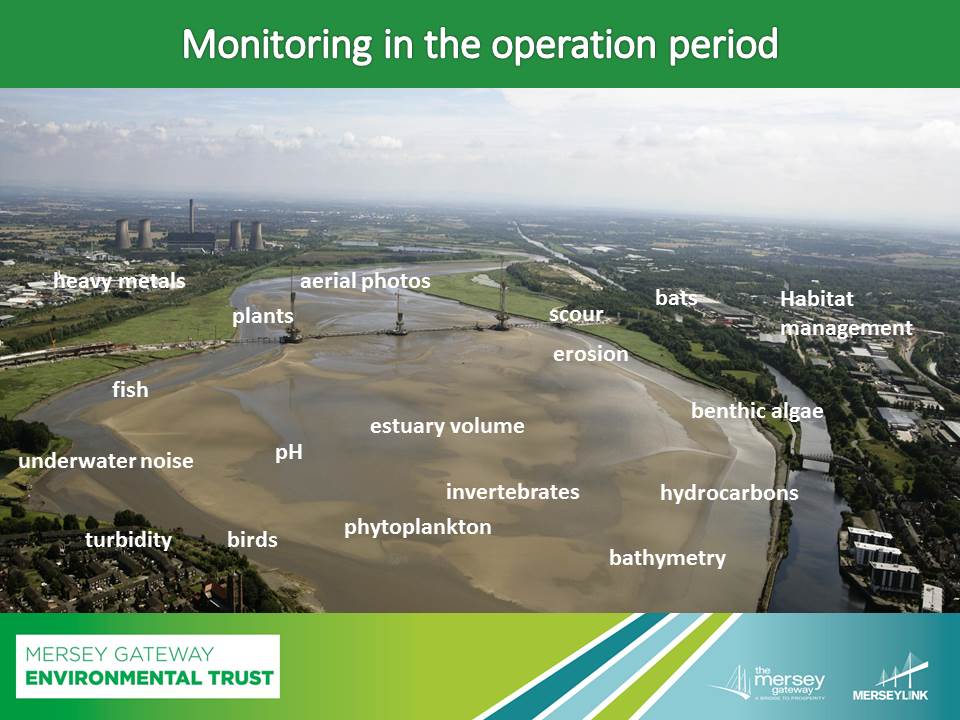When a local authority is the developer of a major civil engineering project, the normal route to ensure appropriate environmental mitigation, a Section 106 agreement, is not feasible. The construction of a six-lane toll bridge between Runcorn and Widnes in the northwest of England, scheduled to become operational in autumn 2017, is such a case. A novel approach had to be found to address environmental concerns. It is now also recognised that innovative forms of funding to support these actions will be required as both public and NGO spending on biodiversity has stagnated or reduced. In 2014–15, £452 million was spent by the UK public sector on biodiversity, and in the previous year non-governmental organisations spent £215 million. Between 2009–10 and 2014–15, public sector spending decreased by 26 per cent, while NGO spending remains relatively stable.
The solution to both issues was to establish a charitable environmental trust. The concept of the trust was driven, in part, from a recognition of the importance of landscape ecological research, which had previously demonstrated the return of biodiversity following post-industrial environmental improvements, the movements of species in and through the area, and the feasibility of large-scale habitat management; all of which had informed the conservation policy of the local authority.
The trust will be funded by the development costs and including the income from the tolls. Initially for 30 years, the objective of the trust is to manage the environmental mitigation and other conservation activities over a 1,650ha area of estuary stretching from the existing Silver Jubilee Bridge to the centre of Warrington.
The aims of the trust are:
- to promote saltmarsh management for nature conservation purposes;
- to assist in the implementation of the Mersey Gateway Biodiversity Management Plan;
- to manage land as a local nature reserve;
- to advance the education of the public in the biodiversity of the Upper Mersey Estuary;
- to promote, organise and encourage academic study and research for the advancement of knowledge of biodiversity in the Upper Mersey Estuary;
- to become a grant-making body to other charitable organisations.
Embodied within the approach is the establishment of a Living Laboratory. Research has already been undertaken regarding specific species, landscape-scale habitat improvement, natural capital forecasting for 30 years, carbon sequestration, and visitor management. The site is now the focus of attention from an international group undertaking long-term environmental monitoring across a number of habitats.
At a time when exploring innovative funding sources is paramount in the minds of many conservation professionals, this case study provides an illustration of how major civil engineering projects can be a source of long-term secure funding for conservation monitoring, management and research.
